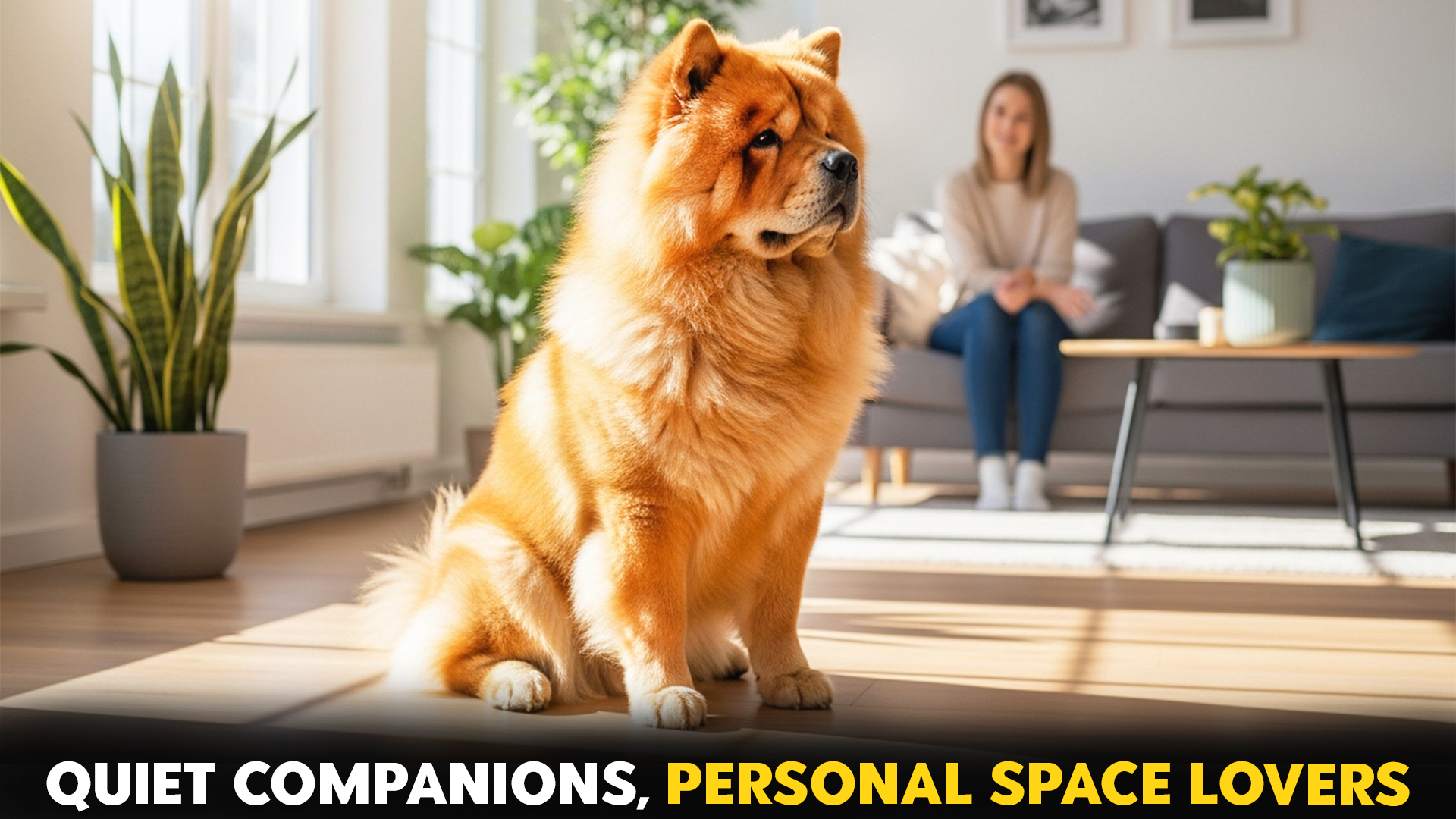Let’s be honest—while most of us picture dogs as snuggly companions curled up on the couch, not every pup enjoys endless hugs. Some dogs love their humans deeply… just from a respectful distance.
These independent breeds prefer stretching their legs, exploring the outdoors, or quietly watching over the house instead of being smothered in affection. If you’ve ever tried to cuddle a dog that slowly wiggles away, you know the type!
But don’t take it personally—these pups express love differently. From the dignified Afghan Hound to the bold Basenji, each breed on this list values freedom, independence, and space.
Whether you’re a busy owner who appreciates low-maintenance affection or someone who loves dogs but doesn’t need constant contact, you’ll love discovering these 10 dog breeds that don’t cuddle much. They’re loyal, protective, and full of personality—just not the spooning kind.
Quick Fact: Not all dogs crave physical affection. Breeds with high independence instincts tend to seek personal space, focusing more on activity or play than cuddling.
Dog Breeds That Don’t Cuddle Much
1. Chow Chow
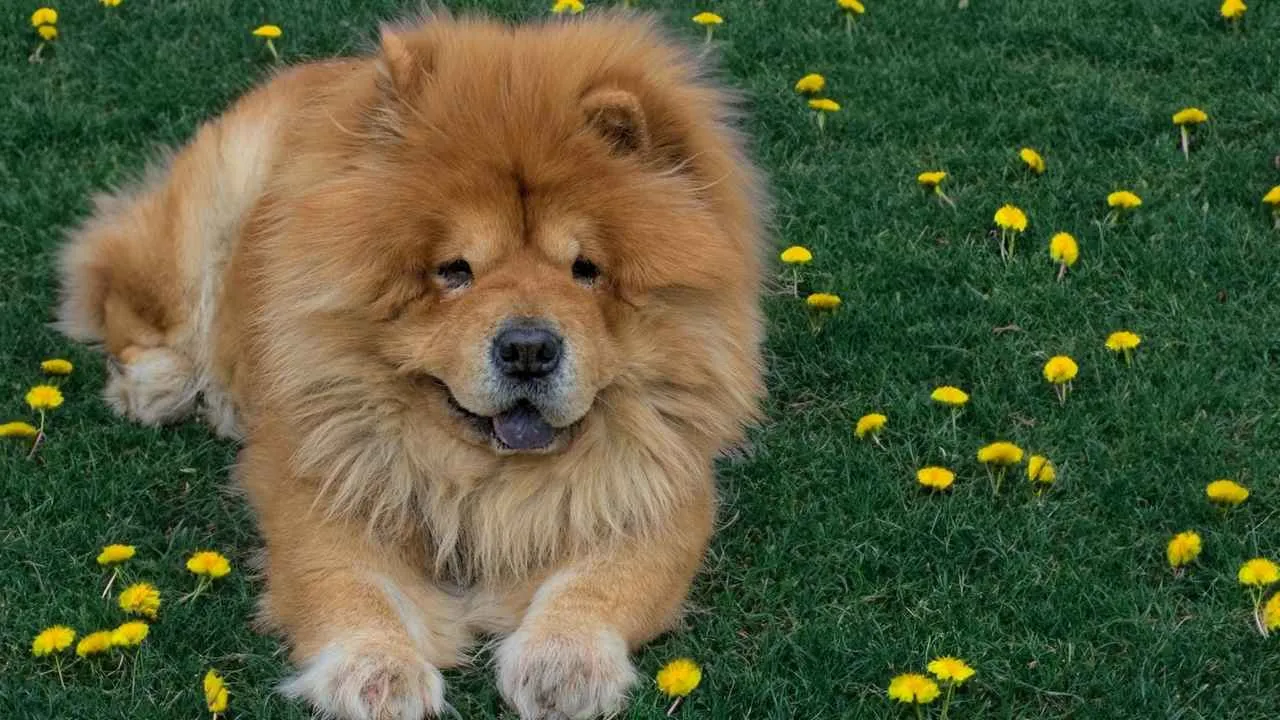
The Chow Chow might look like a living teddy bear, but don’t be fooled—this regal fluffball is more emperor than cuddle buddy. With their lion-like mane, dignified stance, and that famous blue-black tongue, Chow Chows carry themselves like royalty… and, like royalty, they expect to be treated accordingly.
Bred as guard dogs in ancient China, Chows are naturally reserved and deeply independent. They bond strongly with their family but tend to keep outsiders at paw’s length. Don’t take it personally—it’s not you, it’s literally everyone.
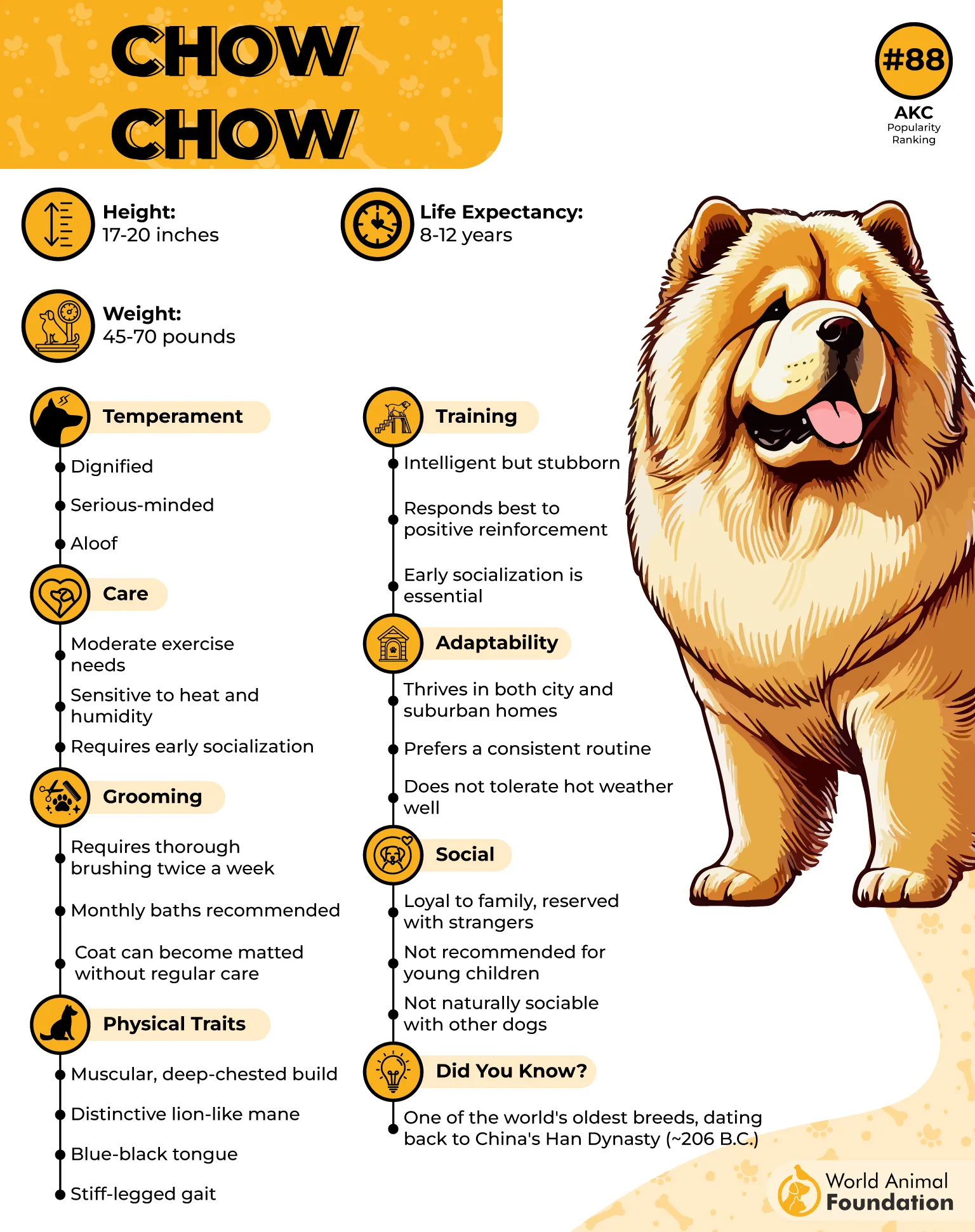
Even their favorite humans have to earn affection, and even then, it’s doled out sparingly. As per Britannica, they’re not big on hugs or clingy behavior.
In fact, a Chow Chow’s idea of affection is quietly sitting in the same room as you—close enough to acknowledge your existence, but far enough to maintain their royal dignity.
But beneath that aloof exterior lies loyalty that runs deep. Once you’ve earned their trust (which may take some time), they’ll stand guard over you like the noble protectors they were bred to be.
So yes, the Chow Chow is a walking cloud of fur, but don’t expect a snuggle session. They’re the strong, silent type—independent, elegant, and just a little bit mysterious. In the world of dogs, they’re not your sidekick… they’re your sovereign.
2. Basenji
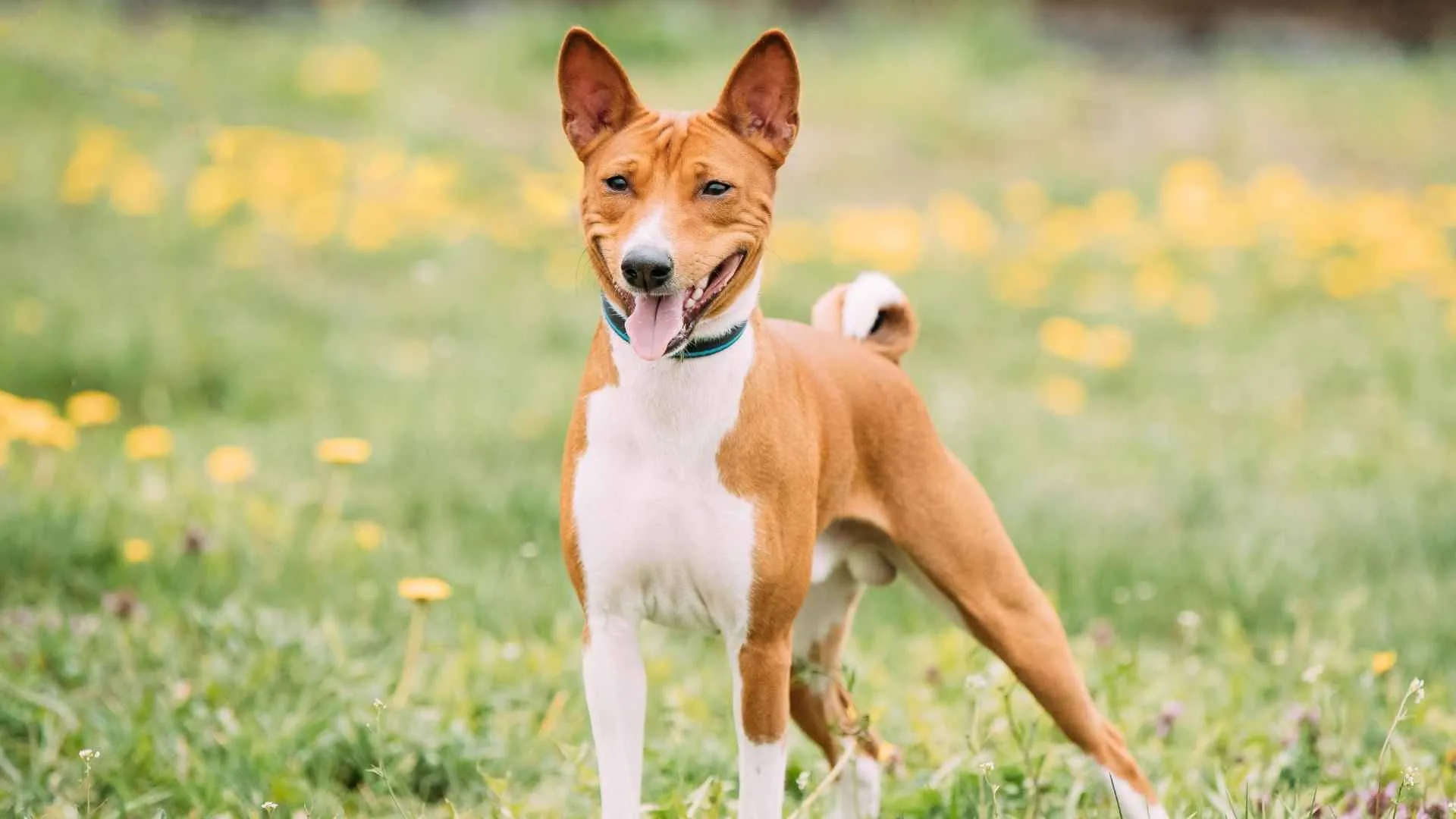
Meet the Basenji, the dog that forgot how to bark but never forgot how to have opinions. Elegant, compact, and lightning-fast, this ancient African breed was built for independence—literally. They were bred to hunt far away from their humans, which means they learned to think (and act) for themselves.
Affectionate? Sometimes. Obedient? Ha! The Basenji is more likely to look at you with quiet amusement as you repeat the word “sit” for the fourth time. It’s not that they don’t understand you—they just prefer to decide if it’s worth their time.
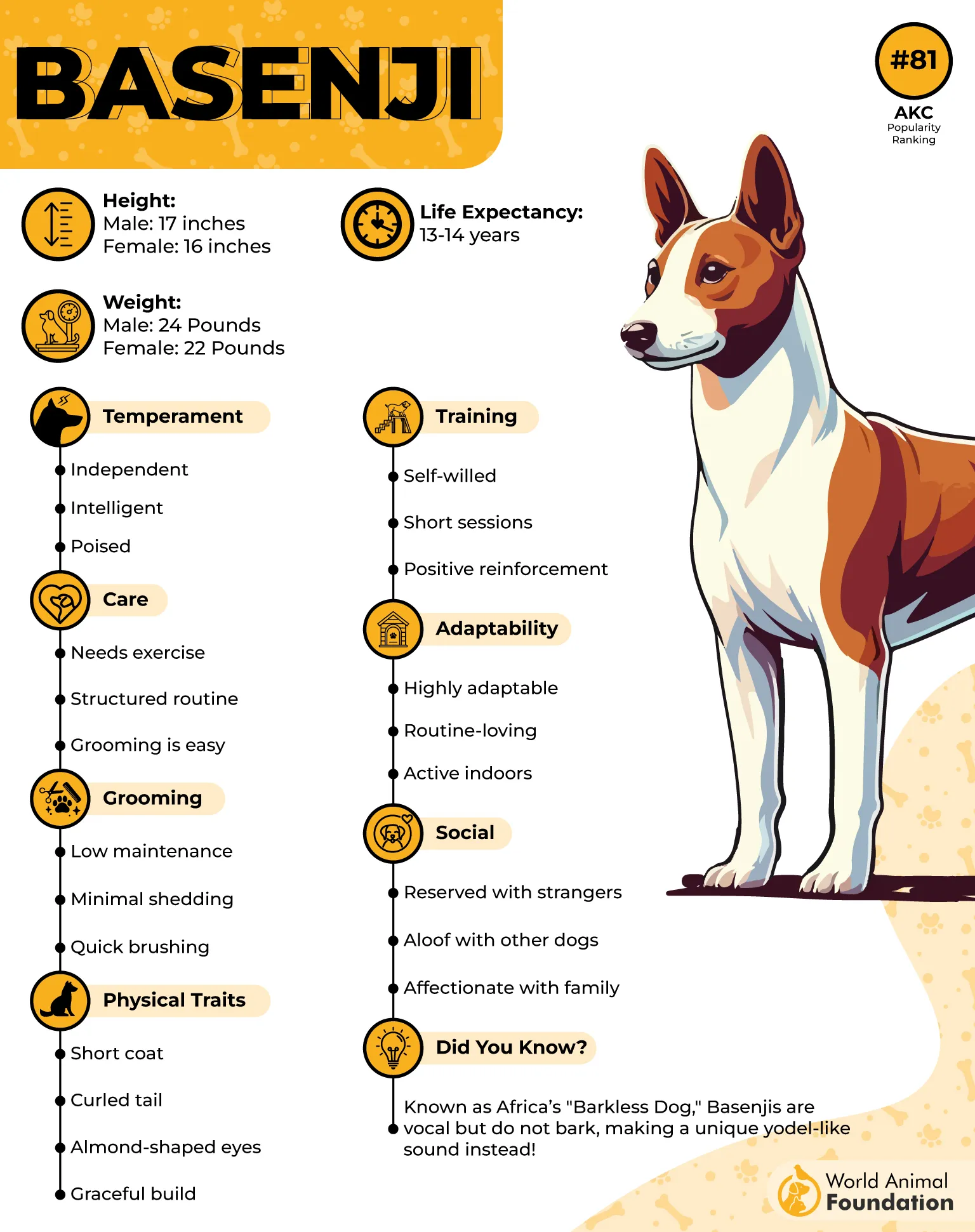
These dogs aren’t big on cuddling. They love their people, but they show it in subtle ways—like sitting nearby or following you around quietly (while pretending it was their idea all along). If you want a clingy lap dog, this is not your match. If you want a charming, intelligent companion with just the right amount of mystery, the Basenji’s your dog.
Oh, and about that “bark-less” thing? It’s true—they don’t bark. But they do make a sound that can only be described as a cross between a yodel and a giggle. It’s equal parts hilarious and adorable, and it perfectly matches their quirky personality.
Basenji is like that world-traveler friend who’s always composed, slightly aloof, and a bit too cool for constant affection. They’ll love you in their own way—quietly, cleverly, and occasionally with a musical “baroo!”
3. Shiba Inu
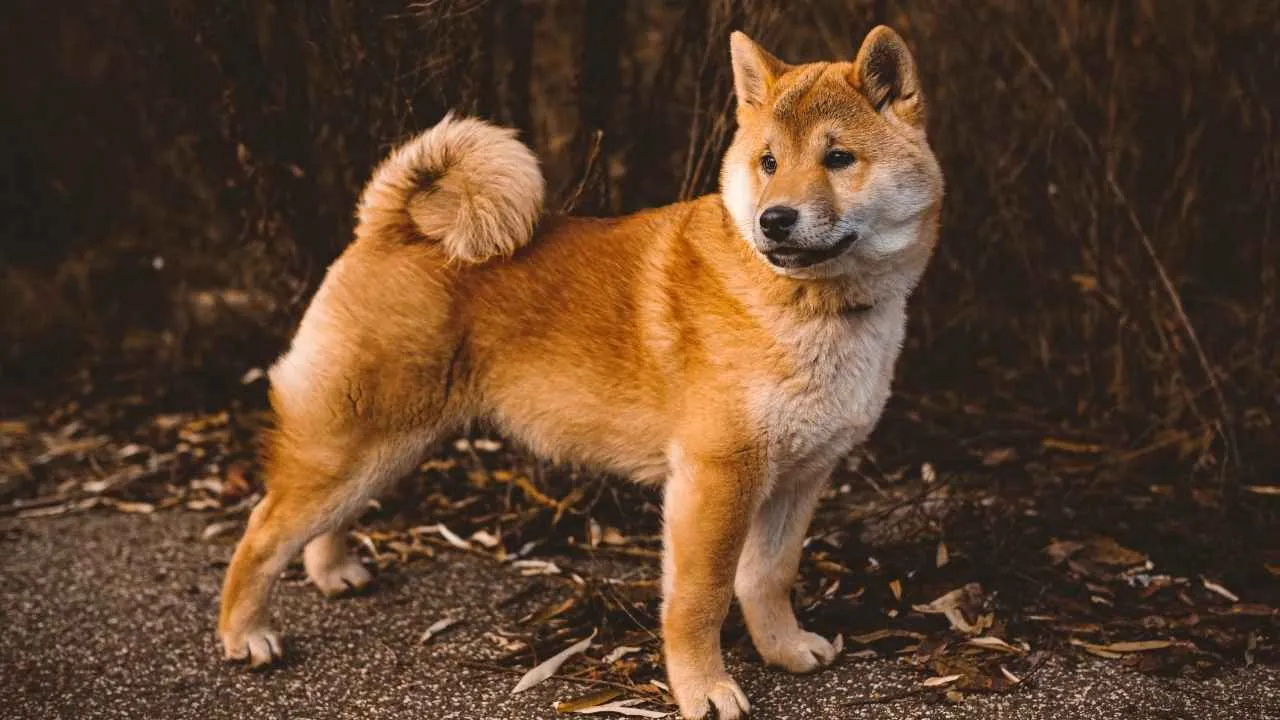
Ah, the Shiba Inu—Japan’s gift to the dog world and the reigning champion of “I love you, but please don’t touch me right now.” Compact, clever, and stunningly good-looking, the Shiba carries itself with the poise of a fox and the confidence of a samurai.
Originally bred for hunting in Japan’s rugged terrain, the Shiba Inu is an independent spirit through and through. They’re deeply loyal to their families but famously aloof with strangers.
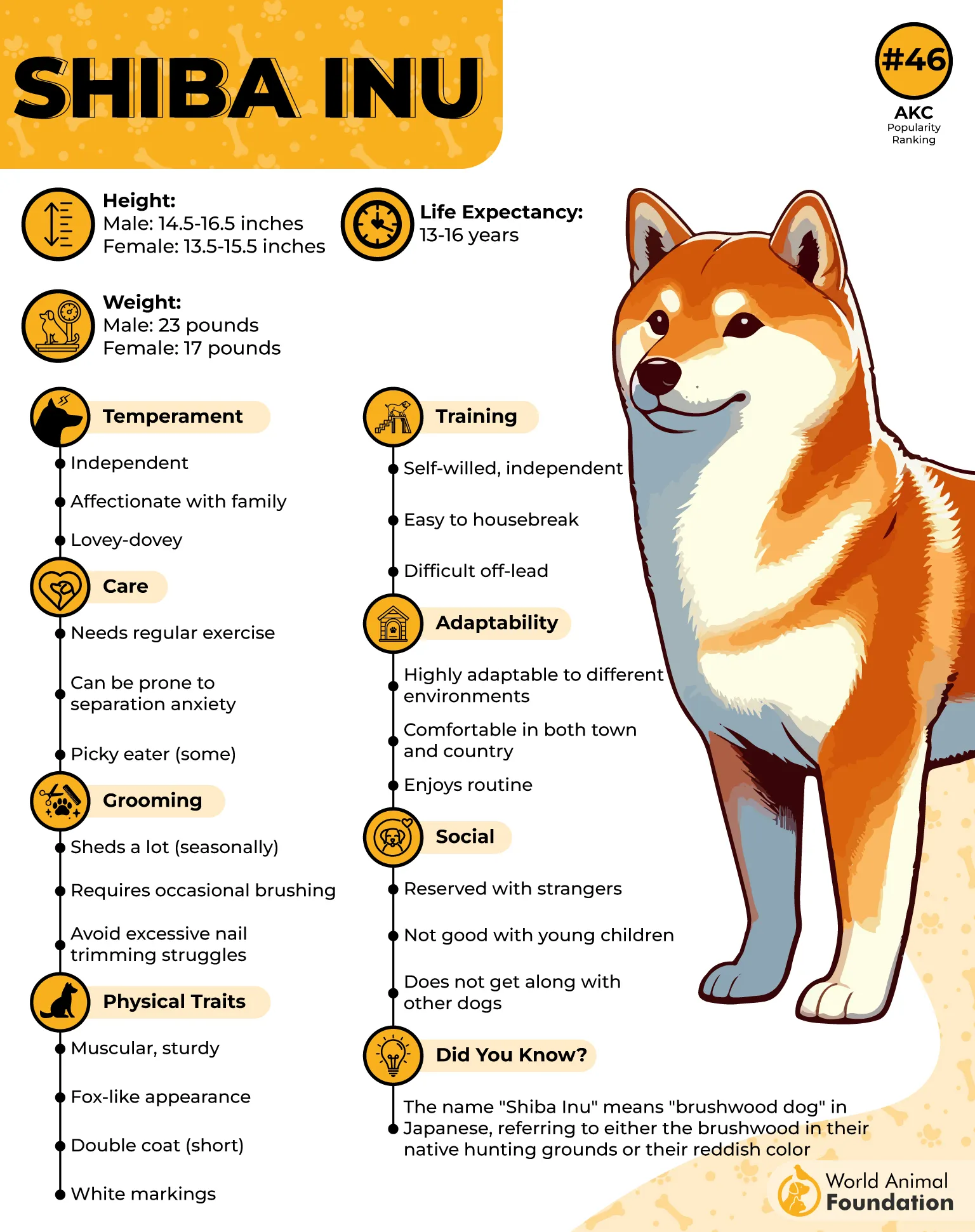
If you’re expecting a tail-wagging welcome committee when guests arrive, you may be disappointed—your Shiba will probably give them a long, silent stare that says, “State your business.”
They’re smart, sometimes too smart, and require plenty of mental stimulation to stay happy. A bored Shiba can outthink your baby gates, your training plan, and probably you.
PetMD noted Shiba Inus are known for expressing their frustration or displeasure through a loud, high-pitched sound, famously called the “Shiba scream.” Due to this unique vocal trait, they may not be ideal for apartment living or homes with thin walls, as their cries can easily disturb nearby neighbors.
4. Scottish Terrier
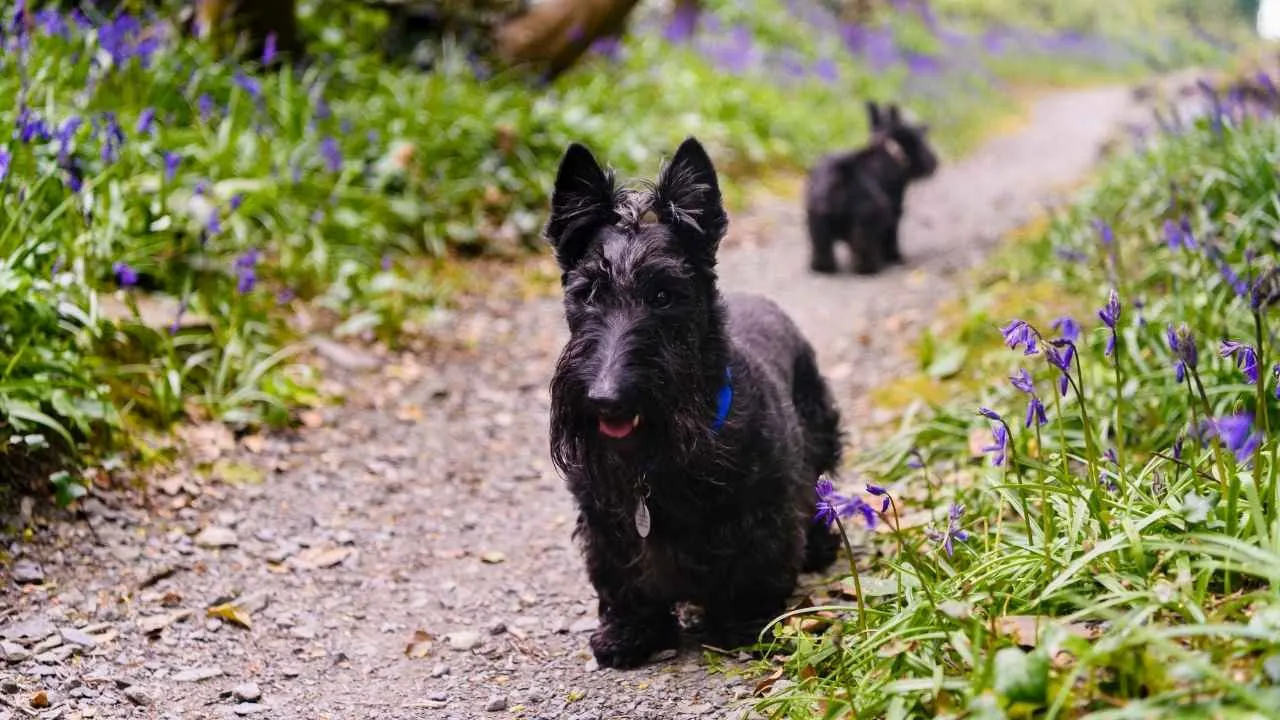
If the dog world had royalty, the Scottish Terrier would show up wearing a tiny tweed jacket and monocle. Dignified, confident, and endlessly charming, the Scottie has presence. They may be small, but they carry themselves like they own the castle—and probably the surrounding lands, too.
Scotties are known for their strong sense of independence. They’re affectionate, yes, but on their schedule. Try to pull them into an unsolicited cuddle session, and you’ll likely get “the look” — a subtle mix of judgment and mild disapproval that says, “Human, please. Not now.”
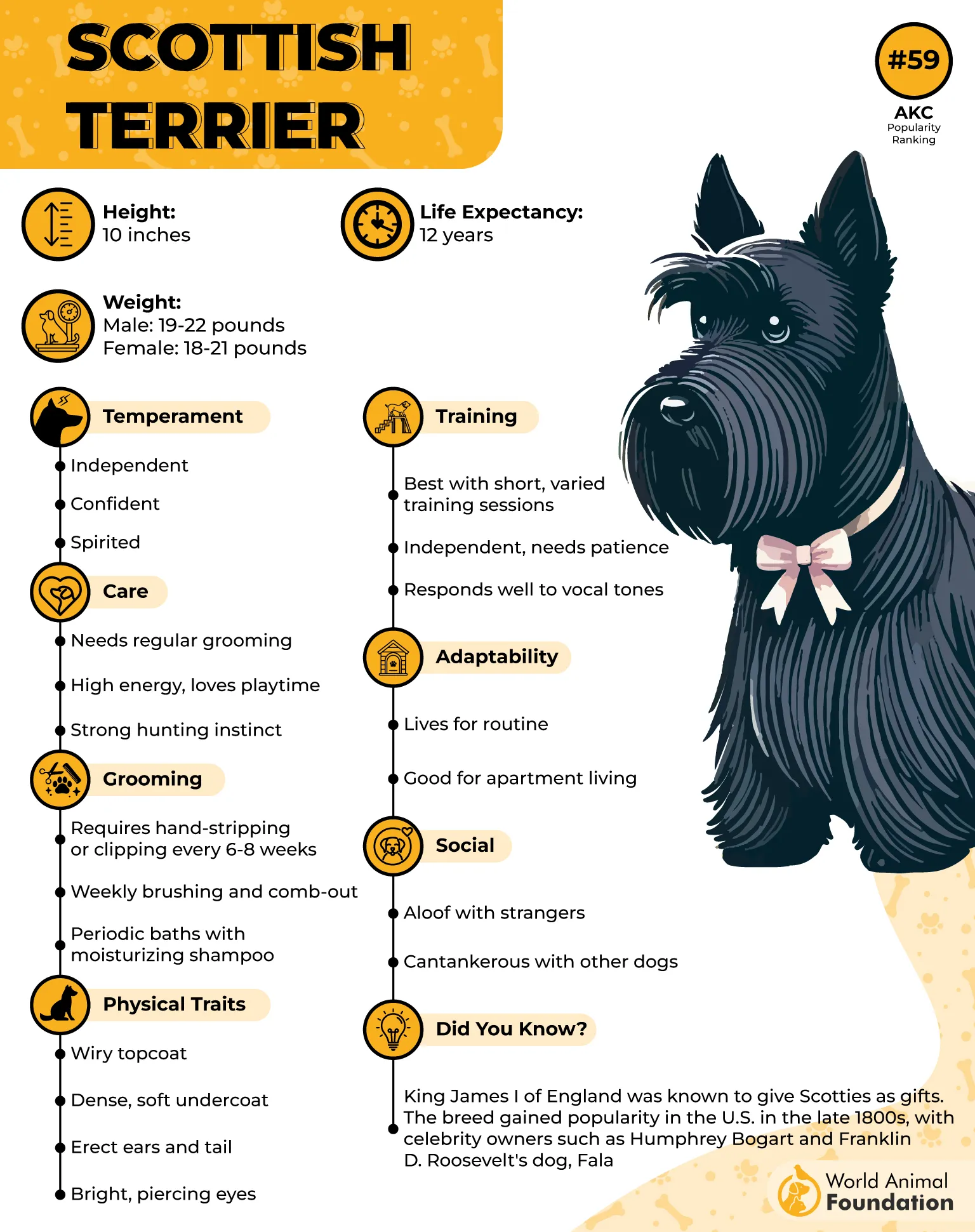
But don’t mistake their aloofness for coldness. These little dogs form deep, loyal bonds with their people; they just prefer to express it through companionship rather than clinginess. They’ll follow you from room to room, supervising your every move, but actual snuggling? Only when the stars align and their royal highness deems you worthy.
With their bold personality and sharp intelligence, Scotties thrive with owners who appreciate a bit of independence in a dog. They like space, they like routine, and they definitely like to do things their own way.
The Scottish Terrier is a pint-sized powerhouse with a big attitude and a bigger heart—just don’t expect them to share that heart through endless cuddles.
5. Shar-Pei
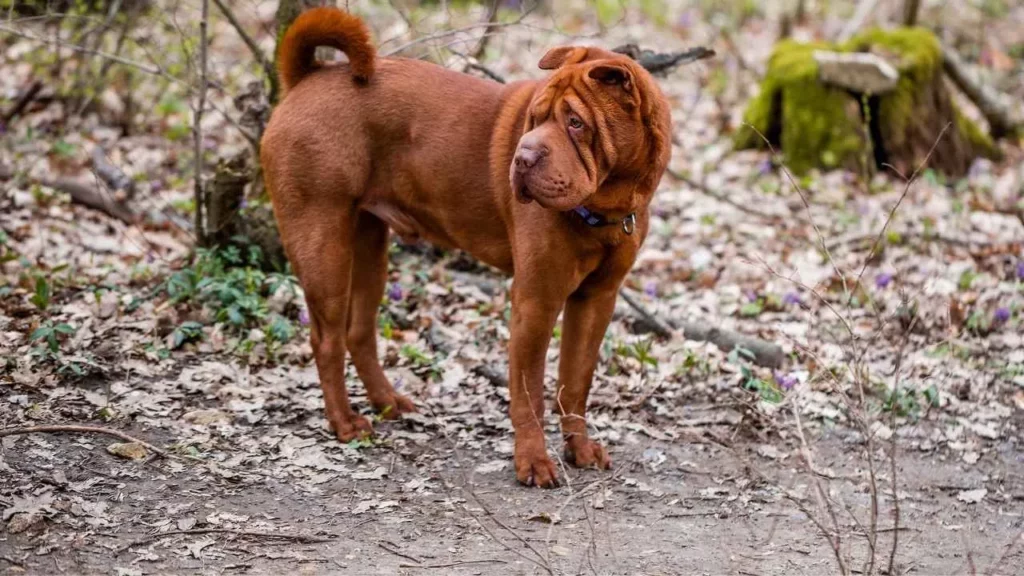
If dogs had poker faces, the Shar-Pei would win every hand. With their adorably wrinkled skin, tiny ears, and calm, serious expression, these dogs look like wise old philosophers who have seen things.
Originally bred as guard dogs in China, Shar-Peis take their job seriously. They’re loyal to their family but can be naturally suspicious of strangers—so don’t expect them to be the life of the dog park.
They’ll watch everyone from a safe distance, analyzing the situation like furry little security consultants. While they love their humans deeply, Shar-Peis aren’t the clingy or overly cuddly type.
They’re dignified, independent, and a bit reserved—like that friend who doesn’t say much but would absolutely fight a bear for you if it came down to it. Early training and socialization are key for this breed; once they trust you, you’re in their inner circle for life.
Their loyalty runs deep, but affection is subtle. You might not get constant kisses, but you’ll get quiet companionship and a dog who will stand guard like a stoic little bodyguard wrapped in wrinkles.
Shar-Peis are affectionate—but on their terms. They may not be snuggle enthusiasts, but they’ll love you fiercely and protect you faithfully. Plus, those wrinkles? Totally worth the emotional distance.
6. Cairn Terrier
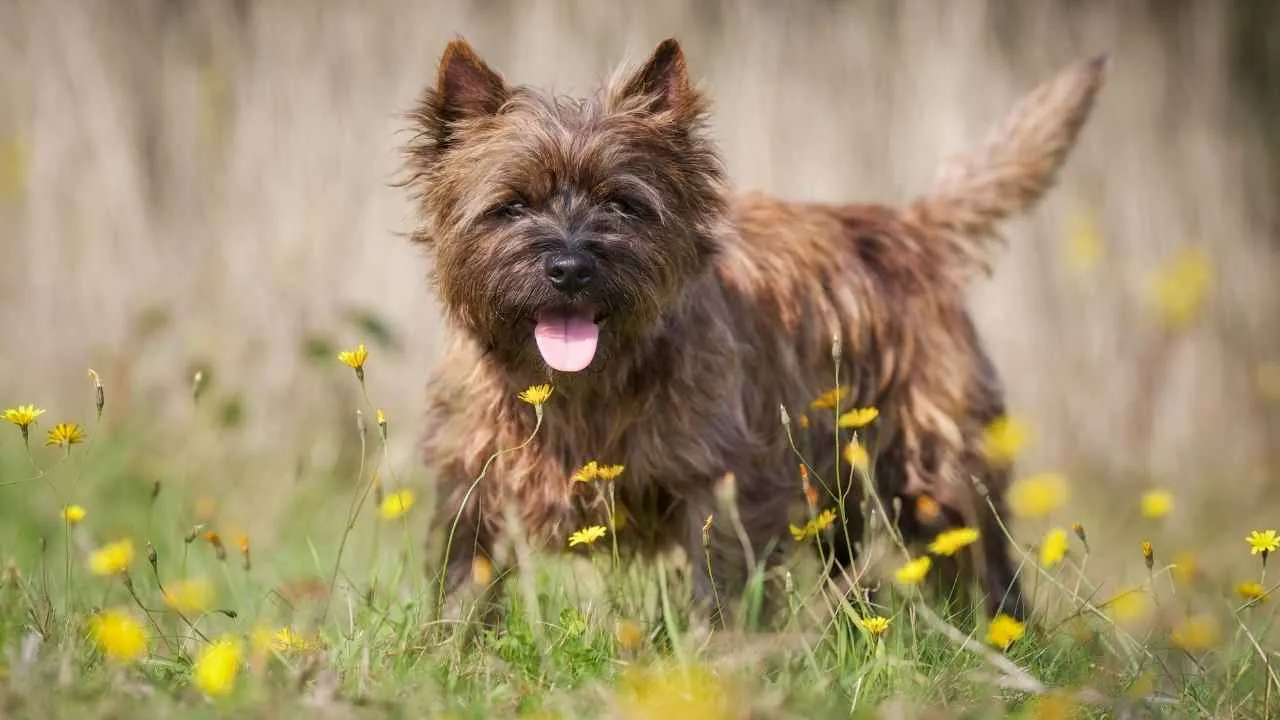
Don’t let that scruffy face fool you—the Cairn Terrier might be small, but this dog’s got big main-character energy. One of the oldest terrier breeds, Cairns were bred to dig, chase, and think for themselves.
In other words, they’re independent to the core—more likely to dart off after a squirrel than curl up for a cuddle. These lively little dogs are full of personality and endless energy.
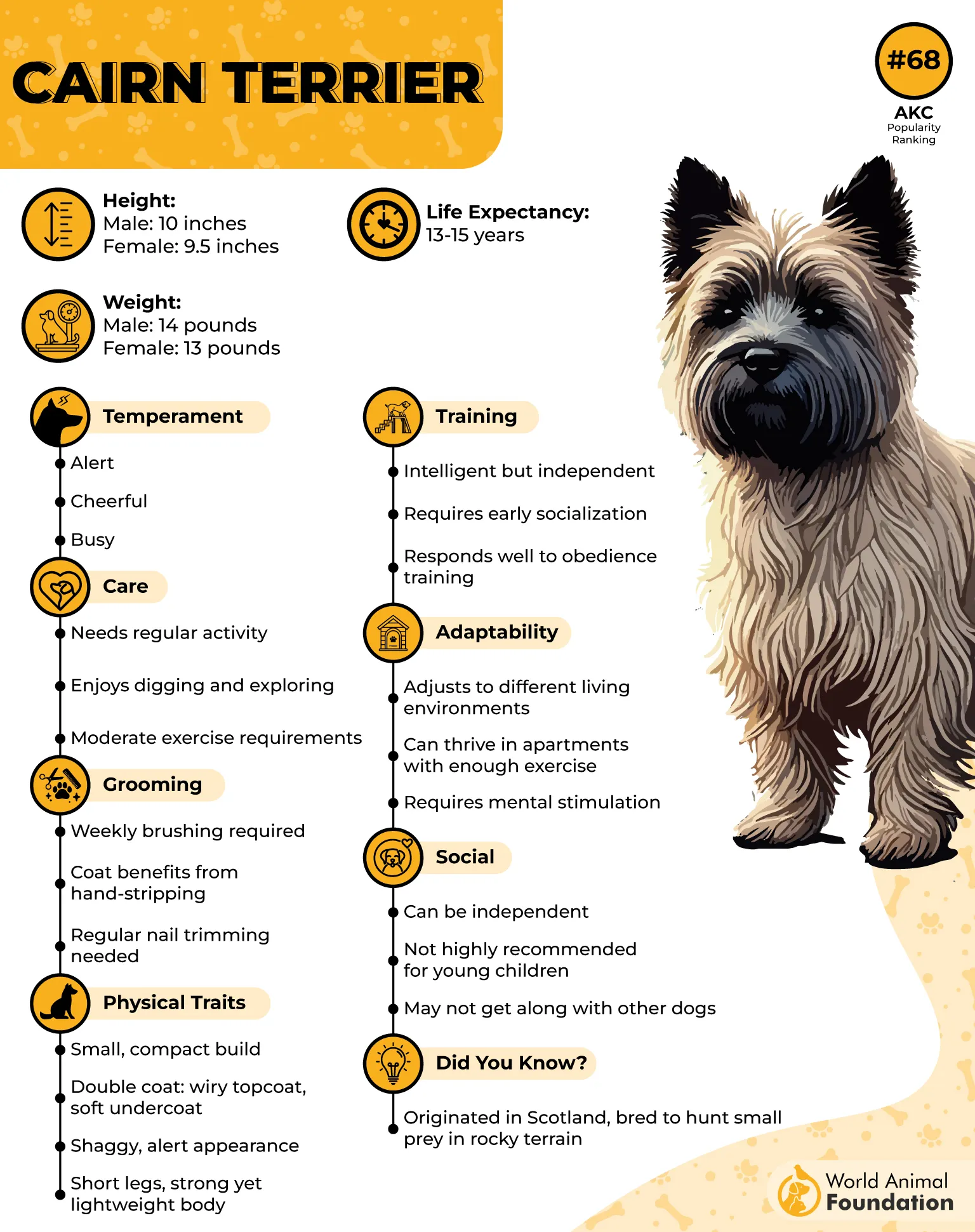
If you’re not giving them a job, they’ll find one—usually involving barking at invisible things or redecorating your backyard with freshly dug holes. They thrive on challenges like agility training or puzzle toys, but when boredom hits? Expect some creative chaos.
While they’re loyal and affectionate with their people, Cairn Terriers show love through action, not snuggles. They’re the type to follow you around the house, supervising everything you do with intense curiosity—but when you sit down for a cuddle, they’re already off investigating a noise from the other room.
They’re smart, stubborn, and full of sass—like a toddler with fur and better balance. Sure, they’ll grace you with affection from time to time, but don’t expect long cuddle sessions. They’ve got adventures to attend to, after all.
So if you want a pocket-sized powerhouse who keeps you laughing (and on your toes), the Cairn Terrier’s got you covered—just don’t expect them to stay still long enough for a proper snuggle.
7. Alaskan Malamute
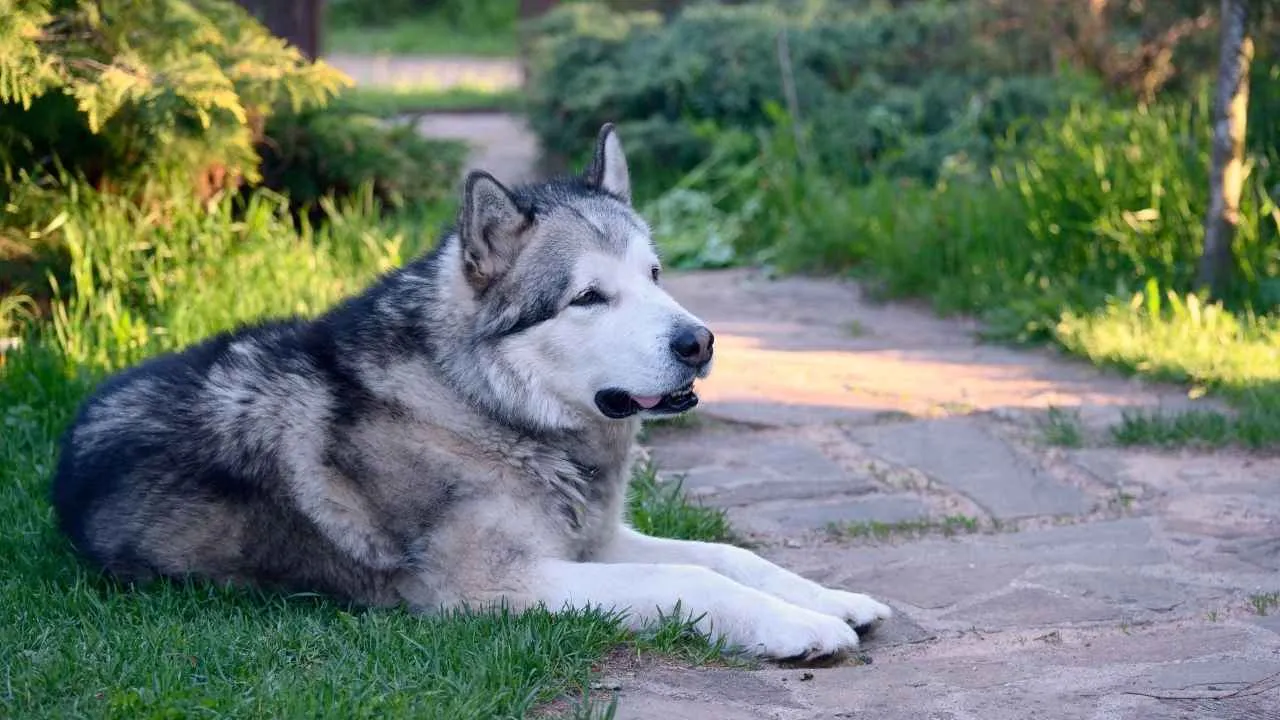
The Alaskan Malamute looks like the ultimate cuddle buddy—giant, fluffy, and soft enough to double as a winter blanket. But here’s the twist: beneath all that fur beats the heart of an adventurer, not a lap dog.
Bred to haul heavy sleds across icy terrain, Malamutes are strong, determined, and fiercely independent. They love people, sure—but they also love freedom. Think of them as that friend who adores you but still books solo hiking trips “to clear their head.”
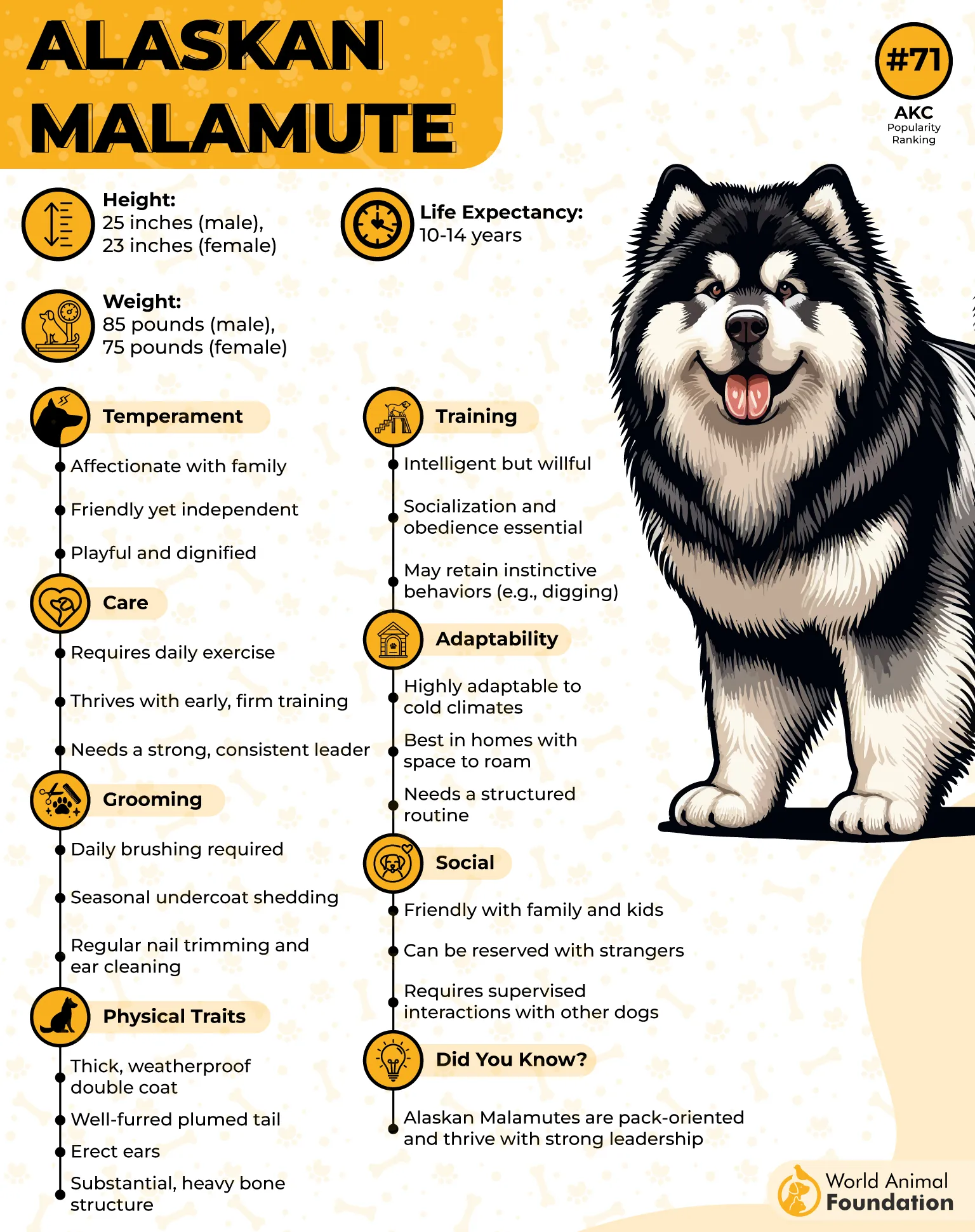
They’re incredibly loyal to their families and enjoy being part of the pack, but don’t mistake that for clinginess. Once they’ve had their daily quota of exercise (and trust me, it’s a lot), they’re content to sprawl out on the floor like a furry rug—close enough to keep an eye on you, but not quite in snuggle range.
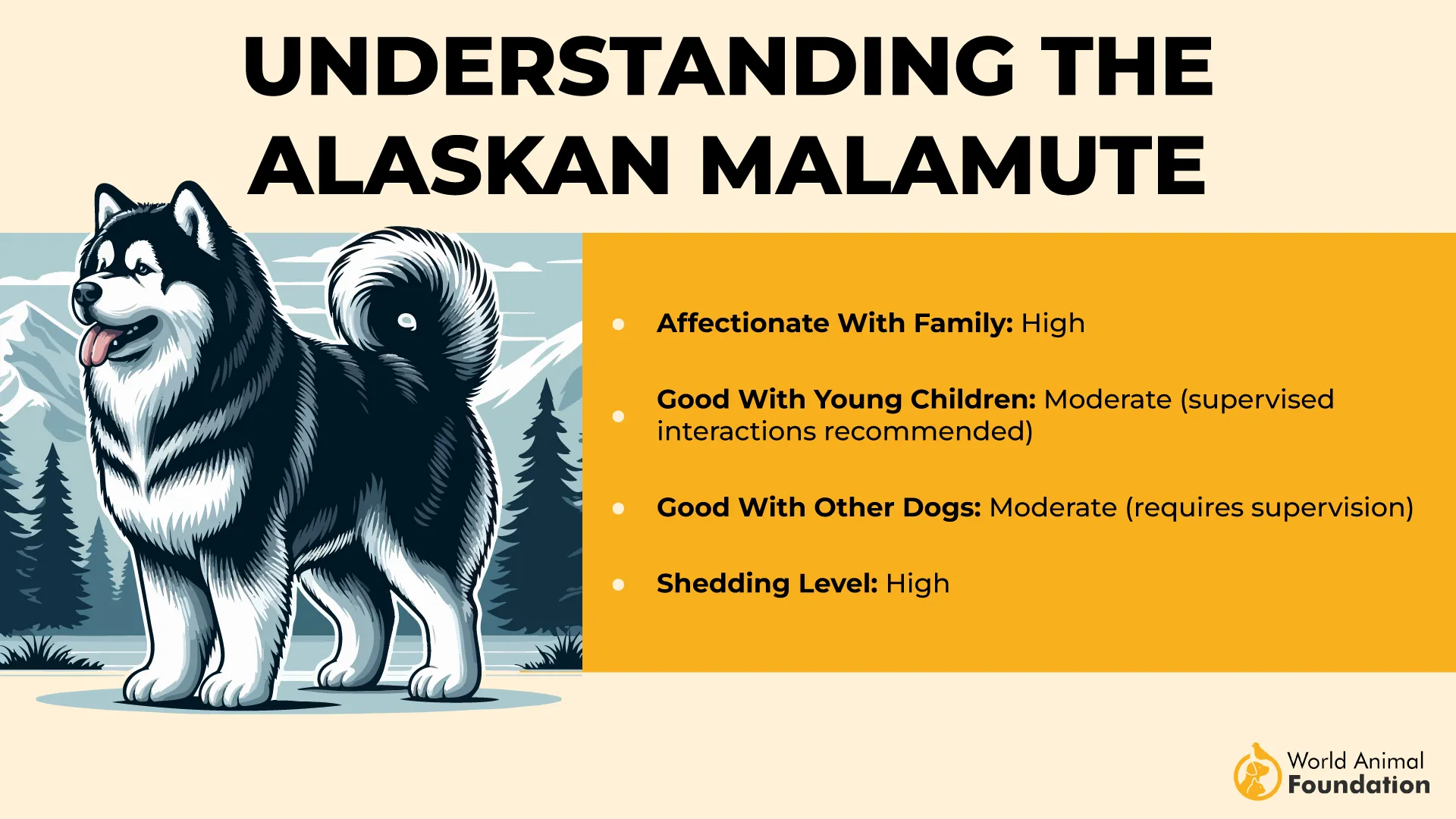
Training them can sometimes feel like negotiating with a very strong-willed toddler: they understand you perfectly but prefer to do things their way. Consistency, patience, and a sense of humor are key—because that stubborn streak is as thick as their double coat.
Alaskan Malamute is affectionate, loyal, and gorgeous—but they’re not built for endless couch cuddles. They’ll love you deeply… just from an arm’s length away (and probably while eyeing the nearest snowbank).
8. American Foxhound
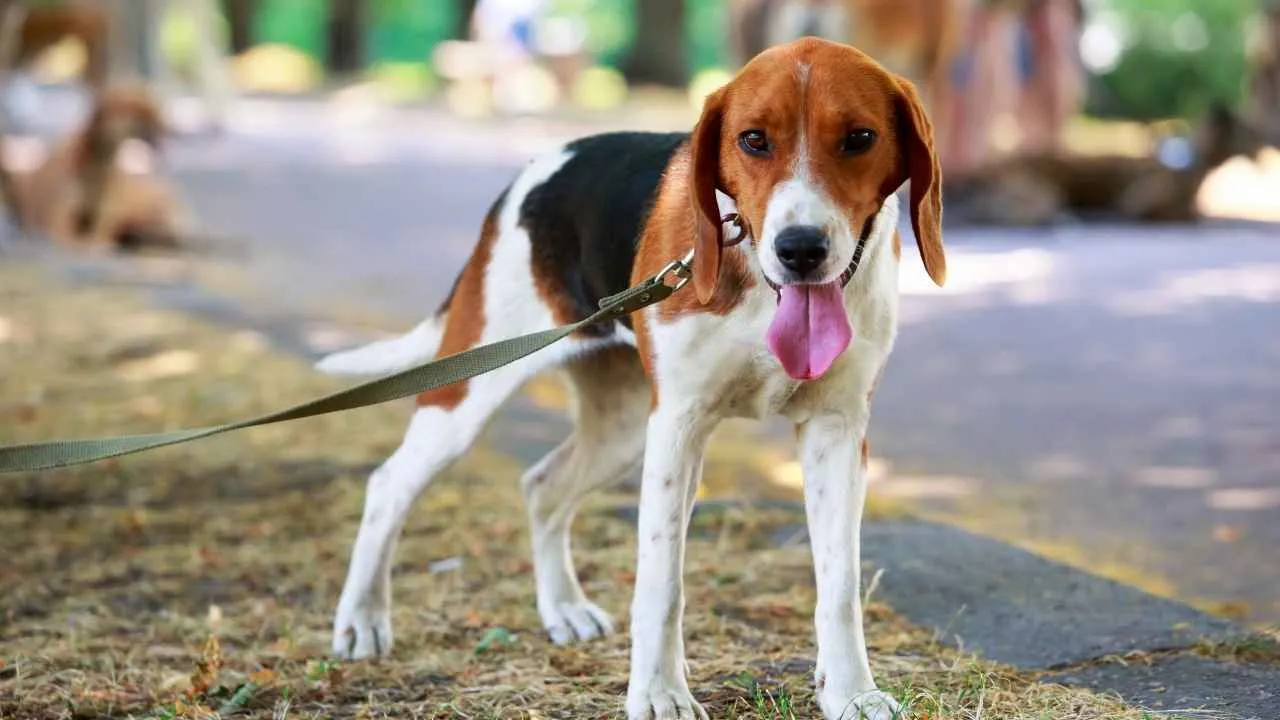
If the American Foxhound were a person, it’d be that super-fit friend who wakes up at 5 a.m. for a jog and actually enjoys it. This breed was literally born to run—fast, far, and often.
One of America’s oldest native dog breeds, the Foxhound is a slice of living history with a serious passion for adventure. These dogs are devoted and intelligent, but don’t expect them to curl up in your lap after a long day.
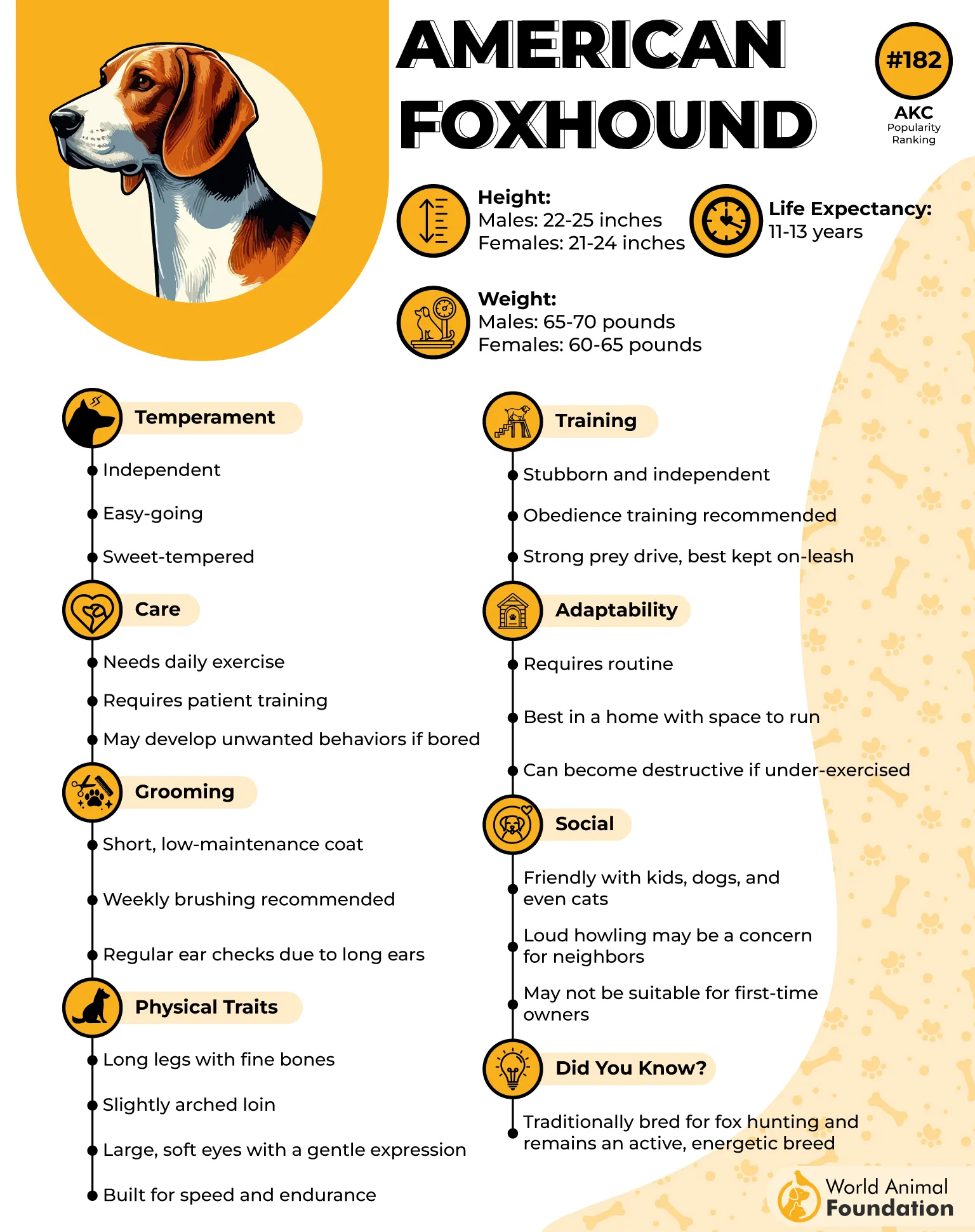
Nope. Instead, they’ll probably drop a tennis ball at your feet, give you that “let’s go again!” look, and be ready for round two (or three). It’s not that they don’t love their humans—they do! They’re just the type to show affection through action rather than cuddles.
A Foxhound’s idea of bonding is a good, long run together or a rousing game of chase in the yard. After that, they’re happy to stretch out nearby, tails wagging in quiet satisfaction.
Training an American Foxhound can be a bit like reasoning with a teenager: they understand you perfectly… but they’ll still do what they want if something more interesting catches their nose. And with a nose this powerful, that’s saying something.
The American Foxhound may not be a couch cuddler, but they’re loyal, fun, and full of life. For people who prefer hiking boots to slippers, this is your ultimate four-legged fitness buddy—equal parts historic charm and boundless energy.
9. Irish Wolfhound
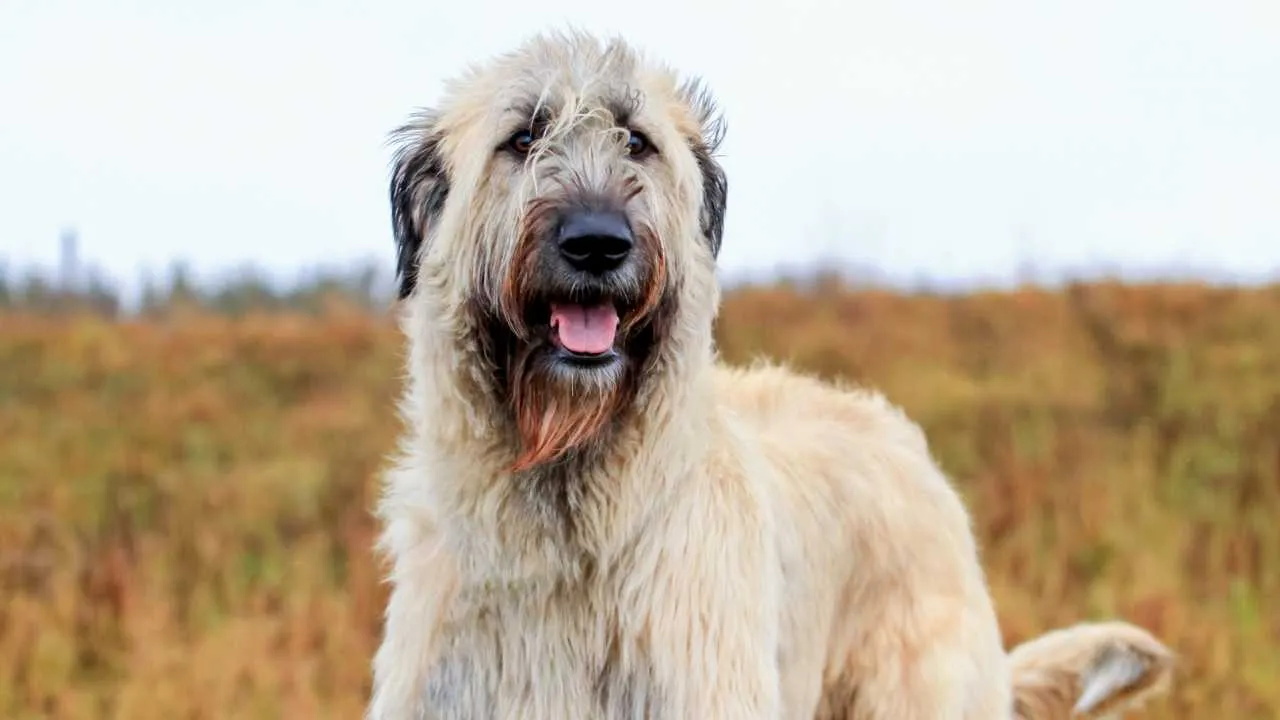
Meet the Irish Wolfhound, a dog so tall you might be tempted to ask it to change a lightbulb. These majestic giants were once bred to hunt wolves (hence the name), but these days, they’re more likely to hunt down a soft bed or sunny patch of floor to nap on.
Like other sighthounds, the Irish Wolfhound comes equipped with a serious prey drive—if it moves fast, their inner hunter wakes right up. But don’t expect them to be bouncing off the walls; they’re surprisingly chill for their size.
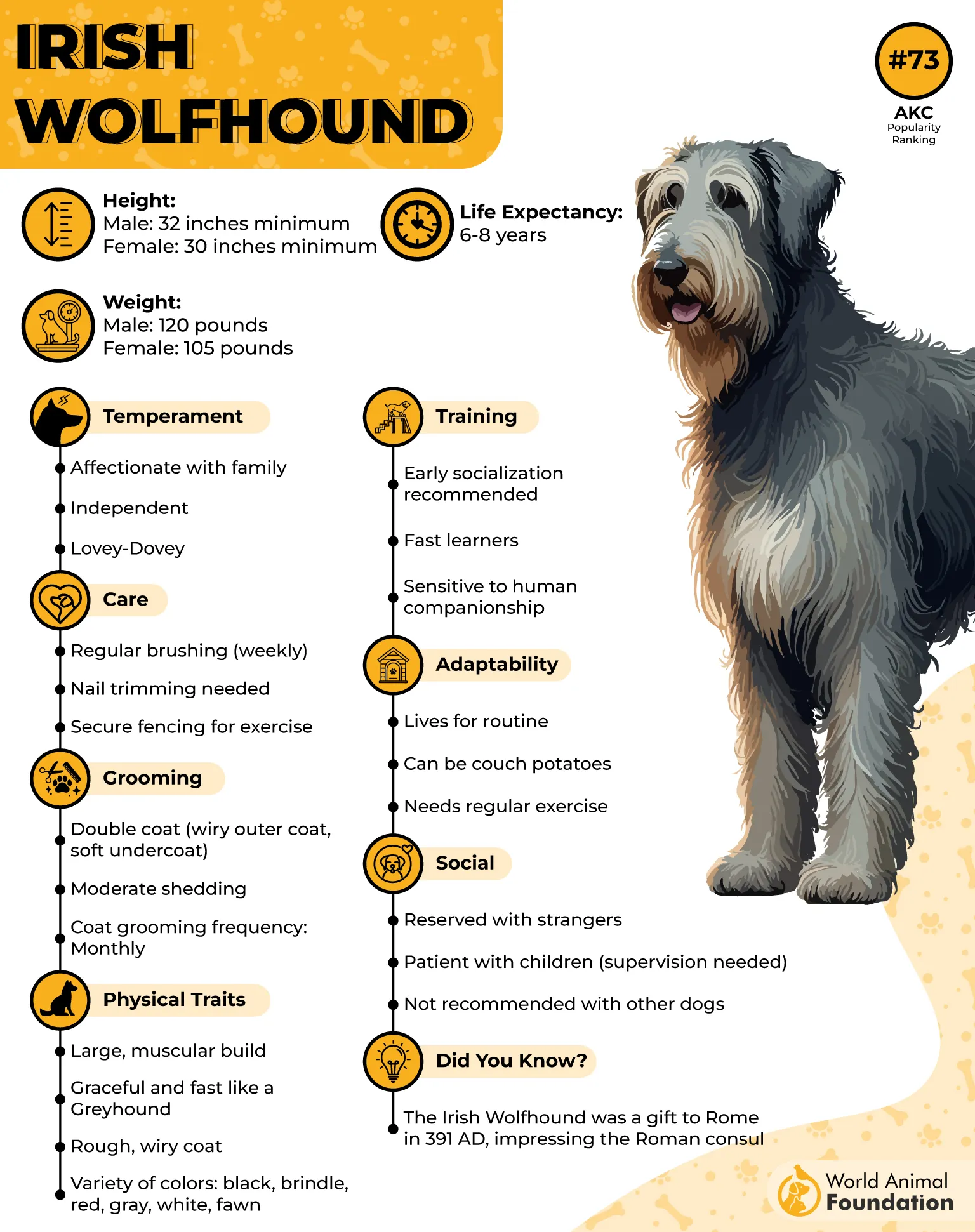
Think of them as the laid-back, oversized roommate who doesn’t say much but somehow manages to take up the entire couch. Training them can be a bit of a challenge, not because they’re stubborn, but because they’re… well, kind of zen about everything.
They’ll obey when it suits them, and when it doesn’t, they’ll give you that soulful look that says, “I hear you, but also… nap time.”
Irish Wolfhounds aren’t exactly cuddle maniacs. They love being near you—just not necessarily on you (which, to be fair, would be like being crushed by a furry mattress). They’re content lying by your feet, keeping a quiet watch over their humans with that noble, ancient-dog energy.
So if you want a dog who’s affectionate in an “I’ll sit beside you but please don’t smother me” kind of way, the Irish Wolfhound is your regal, low-maintenance match.
10. Afghan Hound
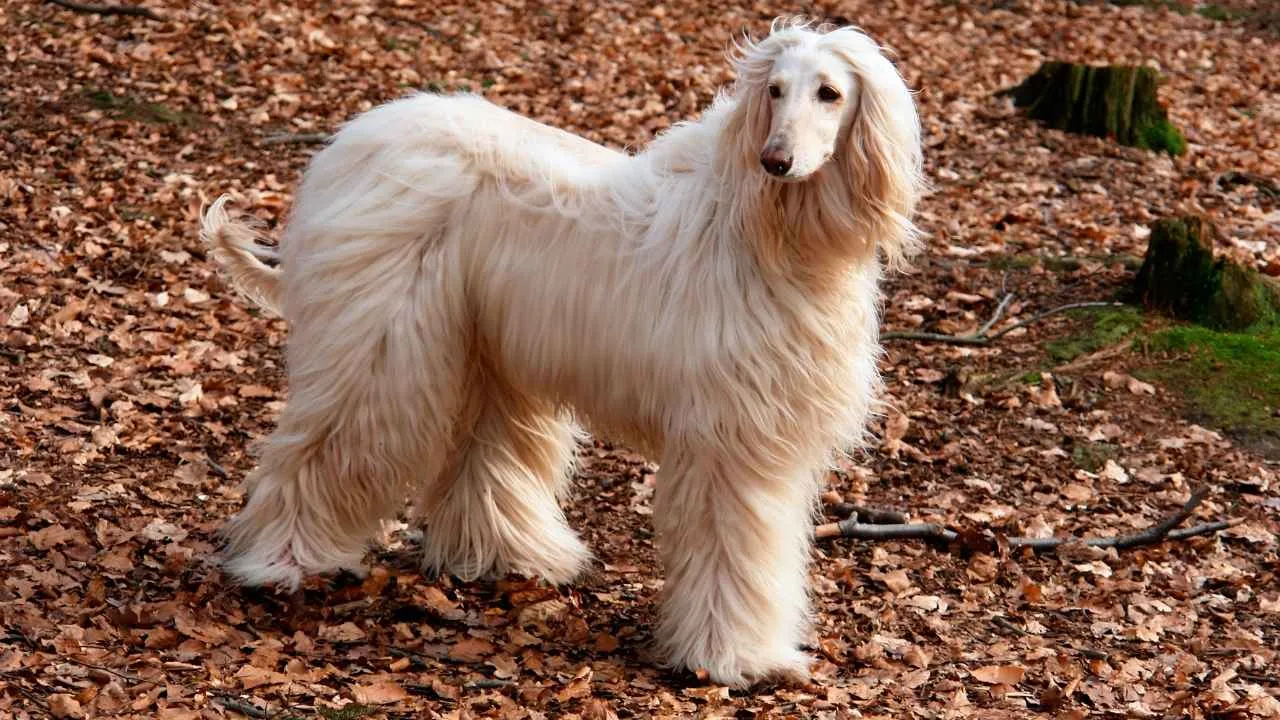
If dogs had a fashion week, the Afghan Hound would absolutely steal the show. With that silky, flowing hair and regal posture, this breed looks like it just stepped off the cover of Vogue: Canine Edition.
But don’t let the beauty fool you—this dog isn’t your average snuggle bug. Afghan Hounds are as elegant as they are independent.
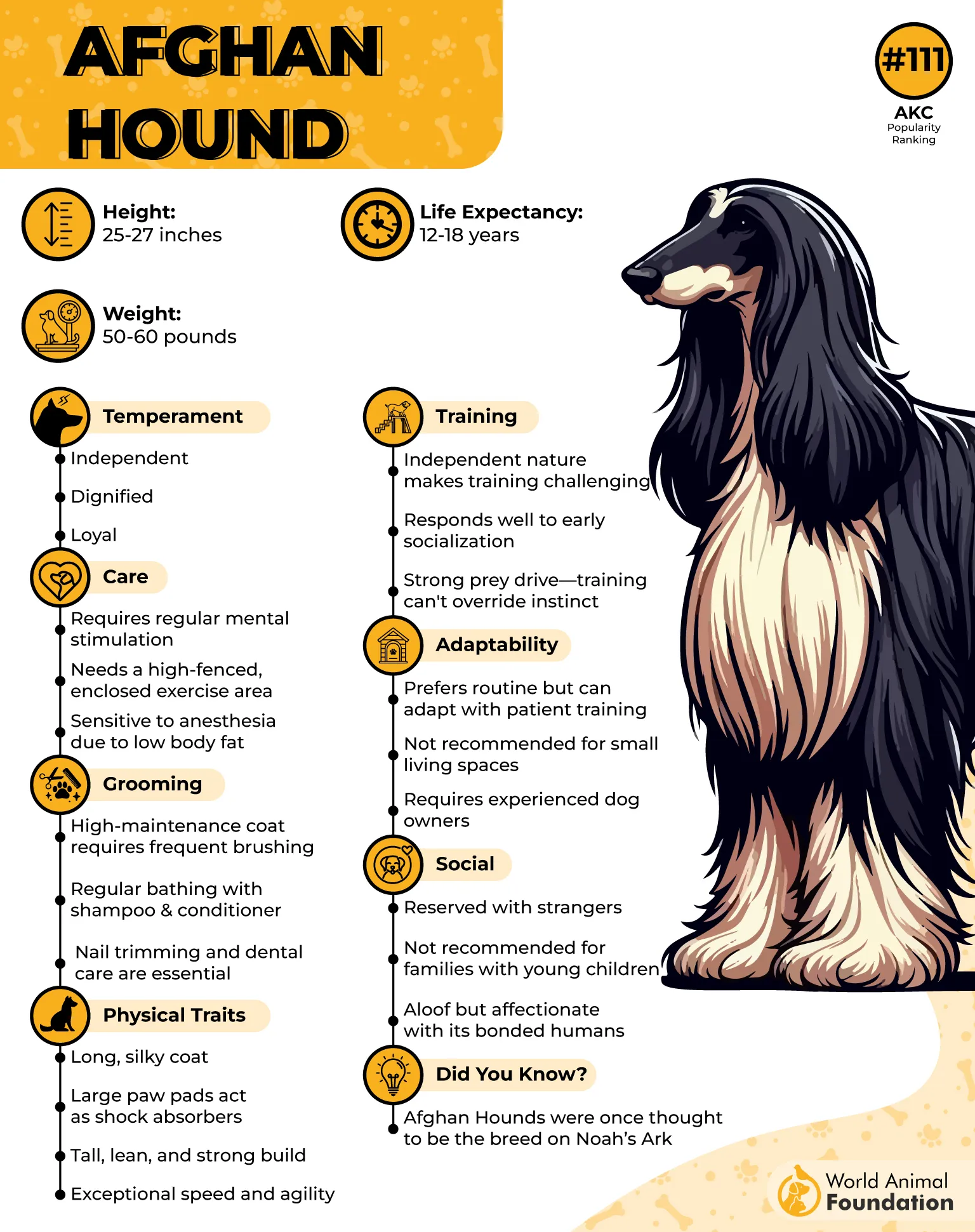
Think of them as that mysterious celebrity who occasionally graces you with affection but mostly prefers to lounge in quiet luxury. They’re affectionate on their terms—emphasis on their.
These dogs were originally bred to chase down prey in the mountains of Afghanistan, which explains why they’ve still got that strong prey drive. PDSA defines prey drive as the natural urge of animals to hunt.
Translation: if it moves fast and looks fluffy, your Afghan might be halfway across the park before you can say “sit.”
When they’re not chasing imaginary rabbits, Afghan Hounds like to keep things low-key. They appreciate your company—but they also appreciate their personal space (and probably their own velvet chaise lounge).
If you’re looking for a dog who will binge-watch shows with you and demand belly rubs every 10 minutes… this isn’t the one.
Conclusion
Breeds that don’t cuddle much, such as Afghan Hounds, Staffordshire Bull Terriers, Tibetan Mastiffs, and Dobermans, often place a high value on their own space and can be naturally wary of close contact. While they may not seek constant physical affection, many show love through play, licking, or by seeking attention in their own way. These dogs can experience anxiety if they feel crowded or pressured, so it’s important to respect their boundaries.
With consistent praise, gentle guidance, and a patient approach, these friendly breeds can learn to enjoy interaction on their own terms. By honoring their need for personal space while providing mental stimulation, socialization, and regular play, pet parents can help them thrive. This balance ensures these unique dogs maintain both their health and happiness, offering companionship that is rewarding and affectionate in ways that suit their independent nature.


